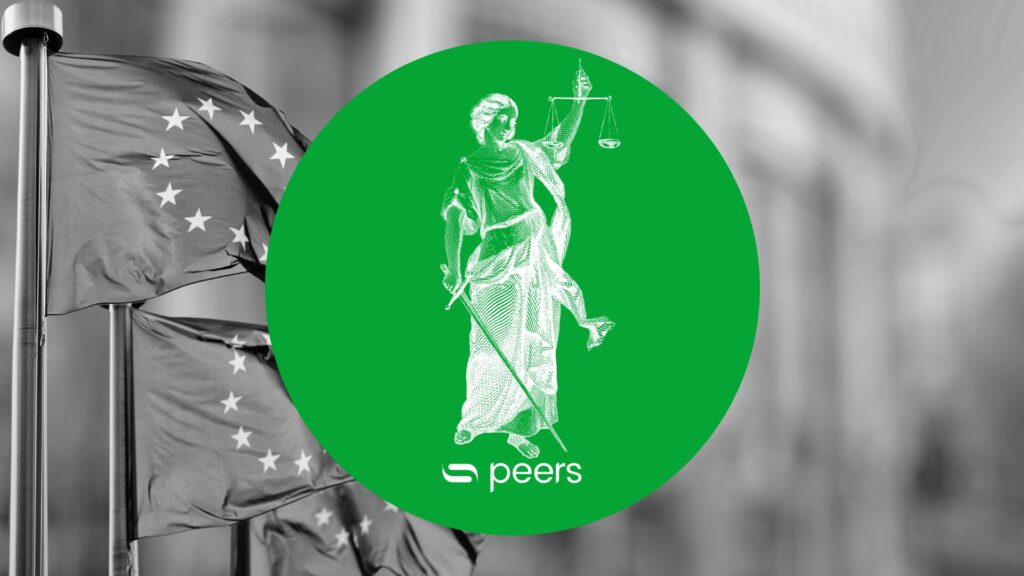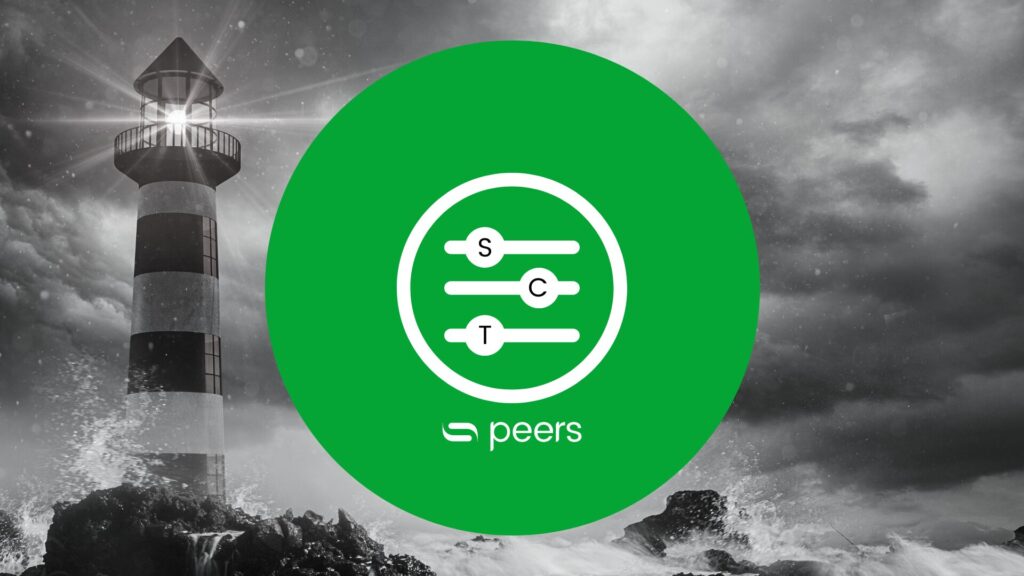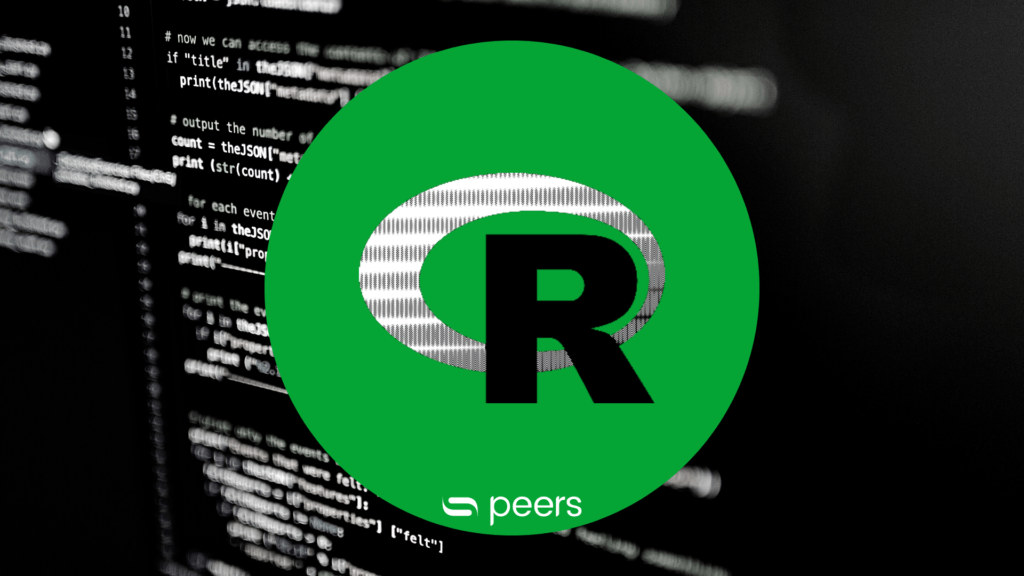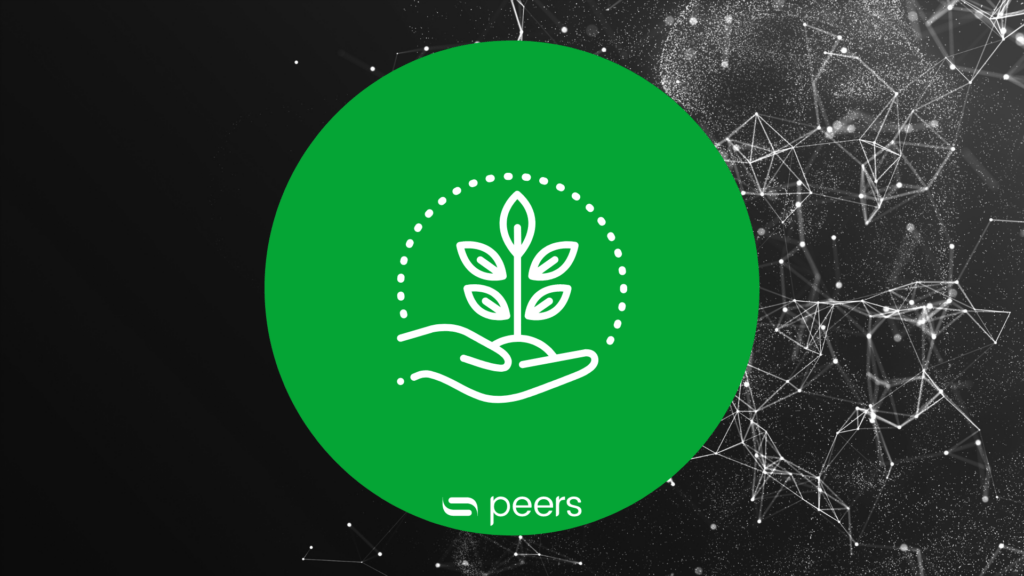Data & Analytics Strategy Guide
- Analysis for Office, Predictive Analytics, Reporting, SAP Analytics Cloud
- analytics, data management, sap analytics cloud, stra
- 4 min reading time

Michael May
The importance of data has changed fundamentally in recent years. We are able to collect, store and use ever greater amounts of data. use it. In order to manage data volumes in a meaningful way and to translate the insights gained from them into sustainable reports, companies need a data and Analytics strategy - so that the use of their data can be aligned with their business strategy. This white paper provides an overview of the practical establishment and benefits of an analytics strategy.
How to get started with your data & analytics strategy successfully through!
Table of contents
Data, Analytics and Data & Analytics Strategy - what is it?

A data and analytics strategy goes far beyond mere data management. Its starting point is the corporate strategy, which is derived by companies from their own defined vision. Based on the corporate strategy, processes are aligned and corporate goals are defined. The data and analytics strategy, in turn, is geared to measuring the progress of the goals and thus contributing to their achievement. For implementation, people, processes and technologies are defined that are required to achieve the goals. Consequently, the analytics strategy forms the basis for all data-related activities and is closely interlinked with the corporate strategy.
5 reasons for a data & analytics strategy
During implementation, the entire analytics landscape is aligned with a defined analytics strategy. The strategy makes a significant contribution to standardization and homogenization: Its goal is to standardize methods, definitions and technologies in the analytics environment. This also helps to avoid so-called shadow reporting (silo solutions operated by individual departments). In the long term, analytics project runtimes, costs and successes are to be optimized, which is made possible by centralization and the preservation and expansion of knowledge about company-wide, business-critical data and information.
No duplication of solutions: (re)use of existing (partial) solutions and data
Consistent further development of solutions taking into account interdependencies
Periodic review and updating of the analytics strategy from a business perspective
Guarantees high data quality and consistency
Ensuring cost-efficient operation of the infrastructure
Goals of the Analytics Strategy
The Analytics Strategy seeks to achieve the following key objectives:
- Standardized use of tools for planning, analysis and reporting
- Definition of principles for data storage and use
- Simplification of provision and access to information for control
- Use of new technological possibilities that are proven and generate added value
- Higher cost efficiency in the operation and maintenance of IT platforms
Basically, an analytics strategy aims to manage an entire company with operational metrics: a company that was previously managed reactively (reports on completed business periods) must evolve into a forward-looking organization.
Analytics - or Business Intelligence (BI) - provides the indispensable tools for strategic corporate management. The analytics strategy also provides for a standardized reporting system to ensure uniform reporting throughout the company. The reporting system is to be made available to power users flexibly in order to enable ad-hoc queries or analyses.
An integrated, role-oriented and level-appropriate reporting with single point of entry on a future-proof IT architecture forms the technological basis to also enable future developments in the areas of predictive (forecasts and simulations) and mobile.
To achieve the aforementioned goals, analytics and architecture governance must first be created and defined. This requires an analytics organization that can transform the company into a forward-looking organization. This can be implemented through a Business Intelligence Competence Center (BICC).
Five steps to a data & analytics strategy: The SPARC process
The SPARC process provides a structured and standardized approach for the company's own positioning within the Analytics Roadmap and is implemented practically by s-peers AG. The result forms a secure decision-making basis for the company's "Road to Analytics". The individual characteristics of each organization are taken into account in the process.

The SPARC process is at the beginning of the evaluation and provides the appropriate spark for the project kick-off. Here, SPARC stands for process steps with the following sequence within the project cycle:
S - Situation
P - Problem
A - Analysis
R - Requirements
C - Compass
In an initial interview, the current situation is first recorded. Specific questions are asked, from which the necessary correlations are established. From the current situation derived from this, problems can subsequently be identified, which in turn are discussed together. By analyzing the impact of these problems, specific requirements are developed to finally align a common compass. In this way, a timeline can be designed that contains the appropriate and individual architecture solutions.
The SPARC process consists of two core components: Joint workshops are used to establish contexts from which requirements and challenges are derived, while the second component consists of scoring and post-processing.
Relevant departments and stakeholders are identified in advance for the workshops. Matched to these, suitable discussion questions as well as focal points are then selected from a mix of different categories. In addition, the evaluation criteria for the subsequent scoring are jointly determined.
In the follow-up scoring, suitable measures and solutions are to be derived. The requirements are prioritized using standardized methods and proposals for solution variants are developed on this basis. Scoring is divided into several stages:
- Definition of the evaluation groups - general or topic-related
- Selection of the evaluation criteria derived from the SPARC process
- Weighting of the evaluation criteria
- Carrying out the evaluation
- Evaluation of the results
The final definition of the analytics strategy using the SPARC process consists of six steps.
Step 1: ...
You can find the detailed steps in the whitepaper. Download it now for free and learn more.
Table of Contents Whitepaper
- The final definition of the analytics strategy using the SPARC process takes place in six steps
- Organizational implementation: The Business Intelligence Competence Center
- BICC and its tasks
- Forms of organization
- Success factors
- An analytics strategy - as individual as your company
- Conclusion
Our whitepapers are state of the art articles on the topic of SAP Analytics and free of charge for you!
Would you like to delve deeper into this topic? Then we look forward to a personal exchange on the topic of Data & Analytics Strategy Guide!

Published by:

Michael May
Managing Director

Michael May
How did you like the article?
How helpful was this post?
Click on a star to rate!
Average rating 5 / 5.
Number of ratings: 5
No votes so far! Be the first person to rate this post!








